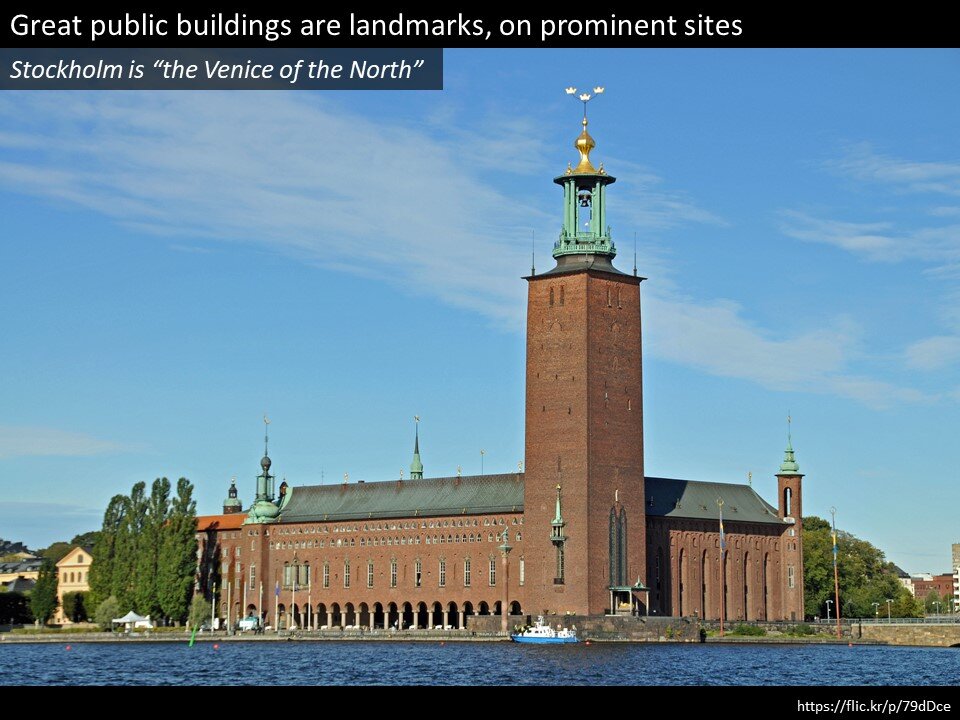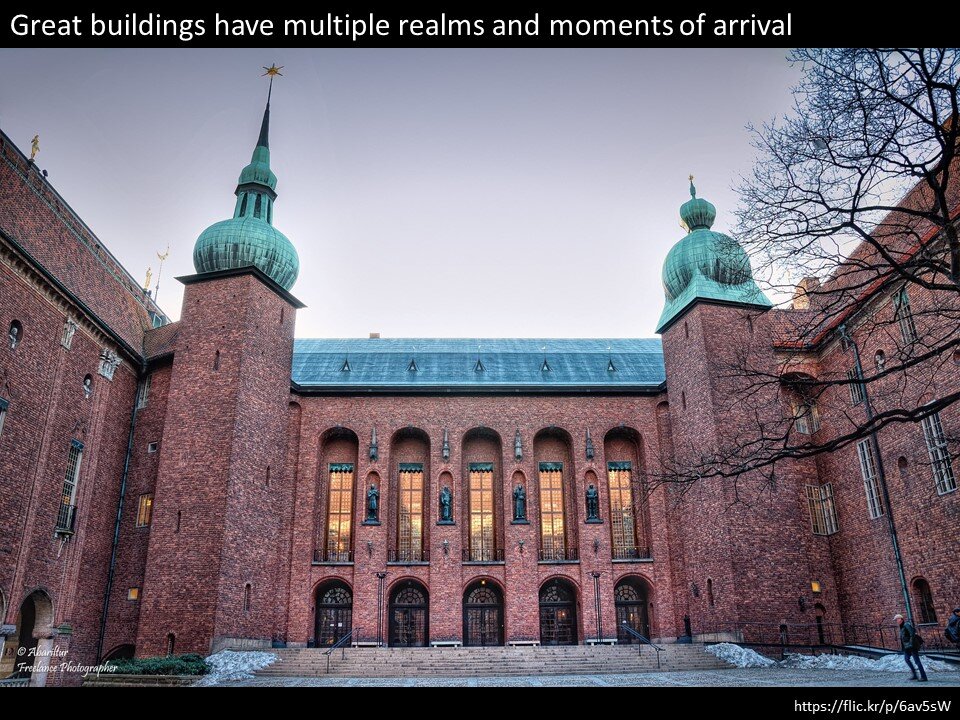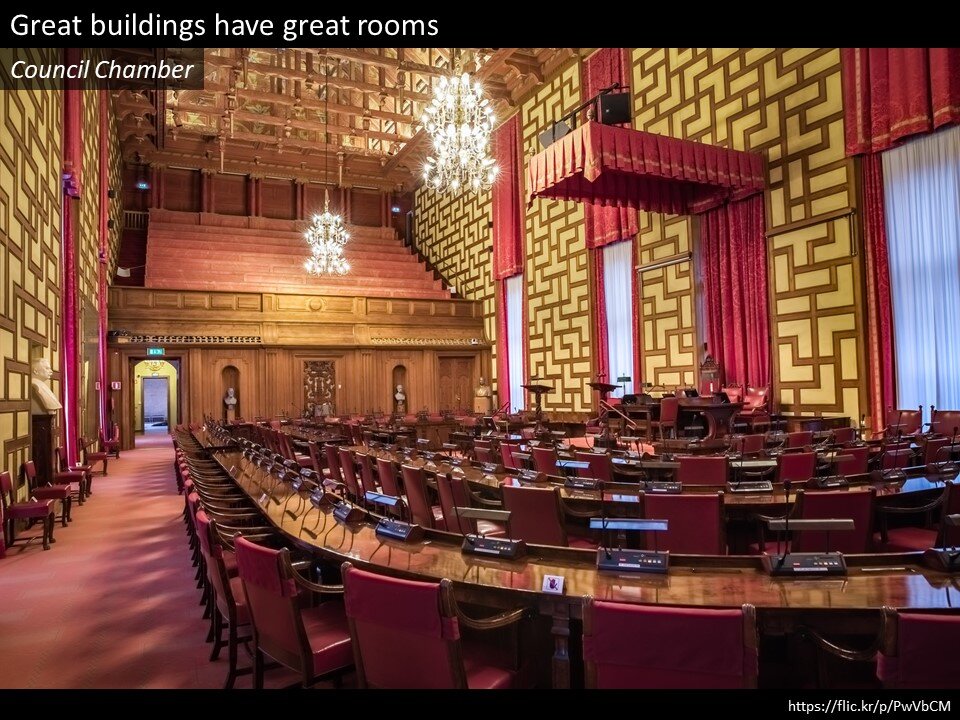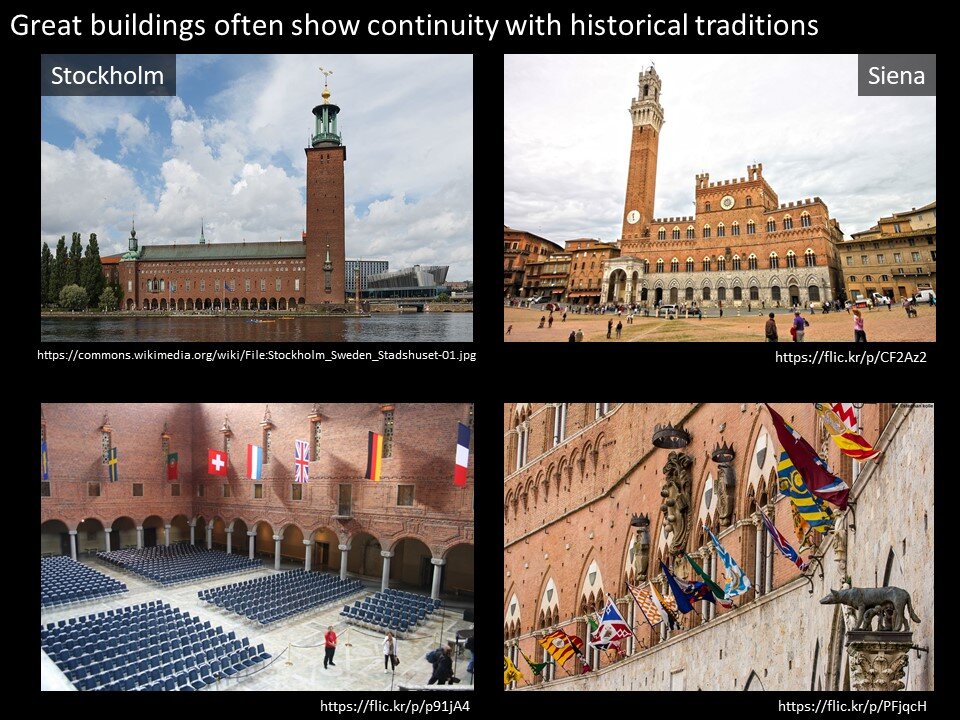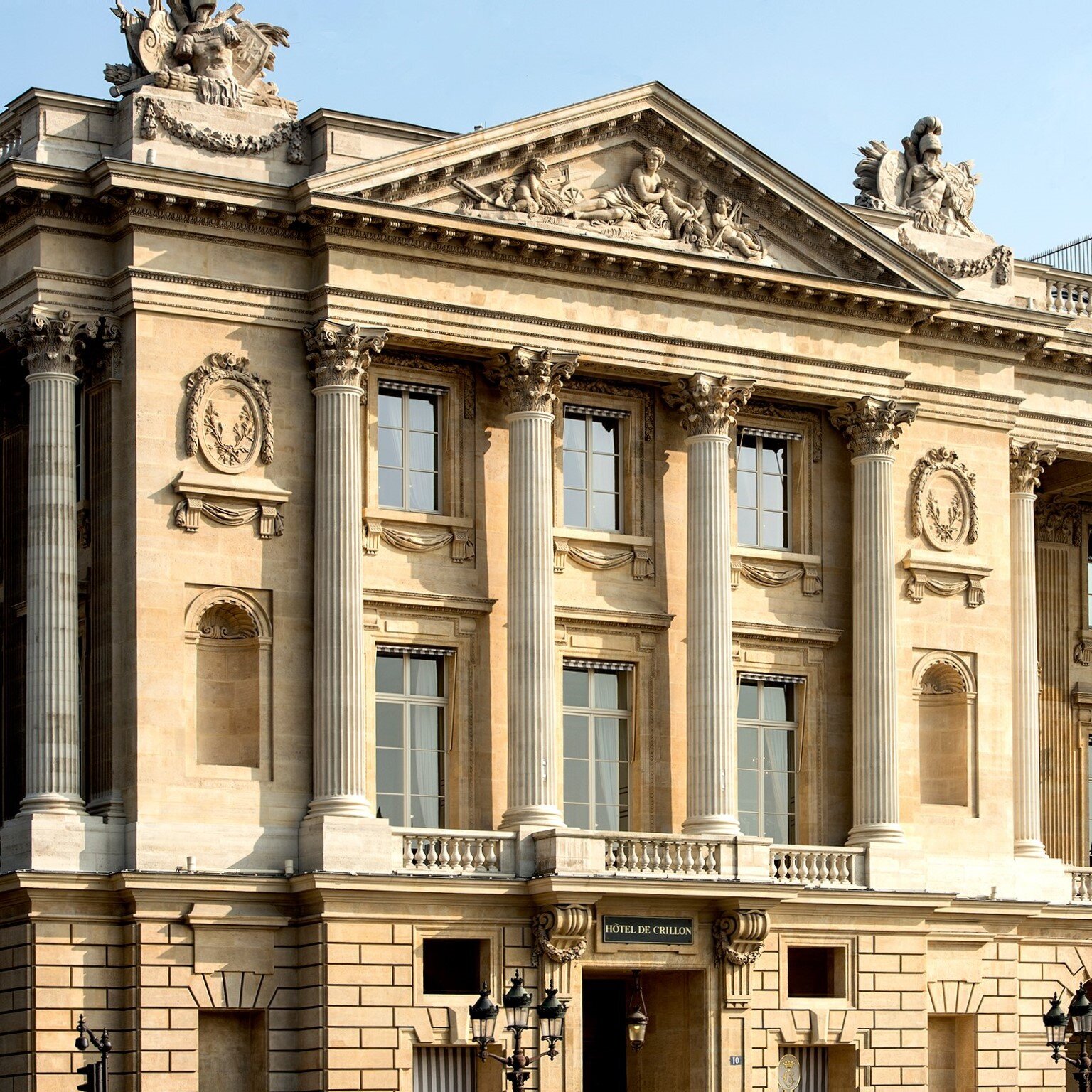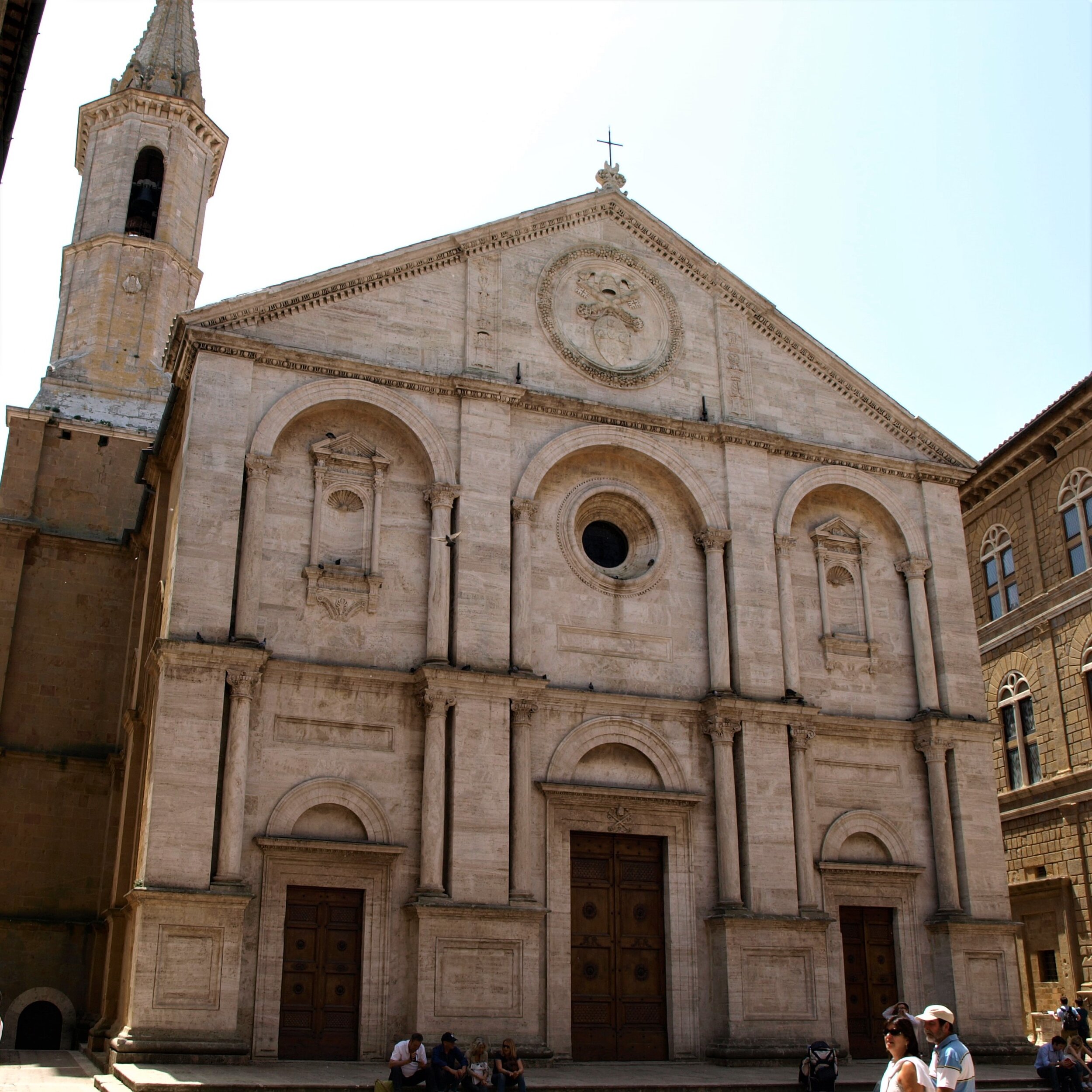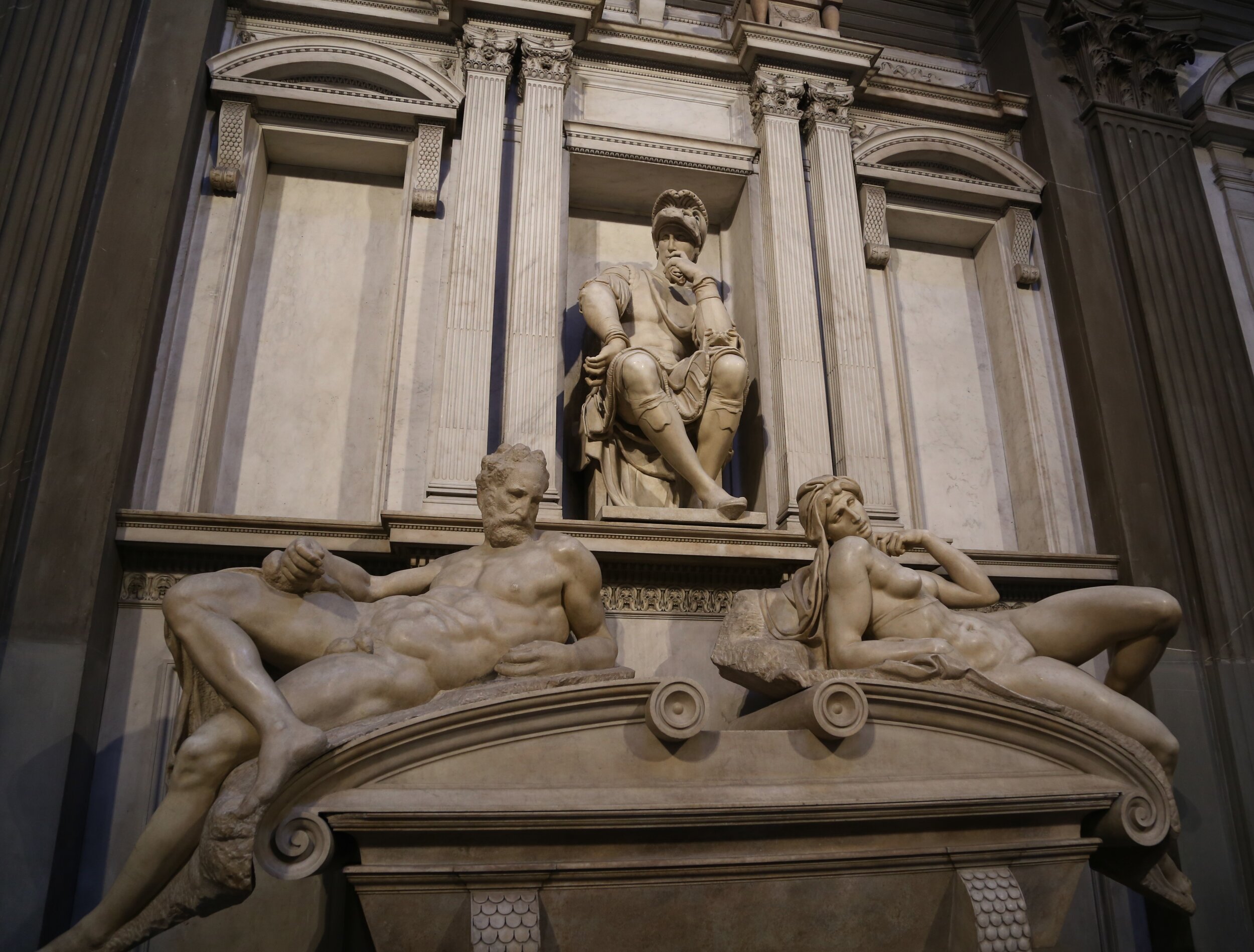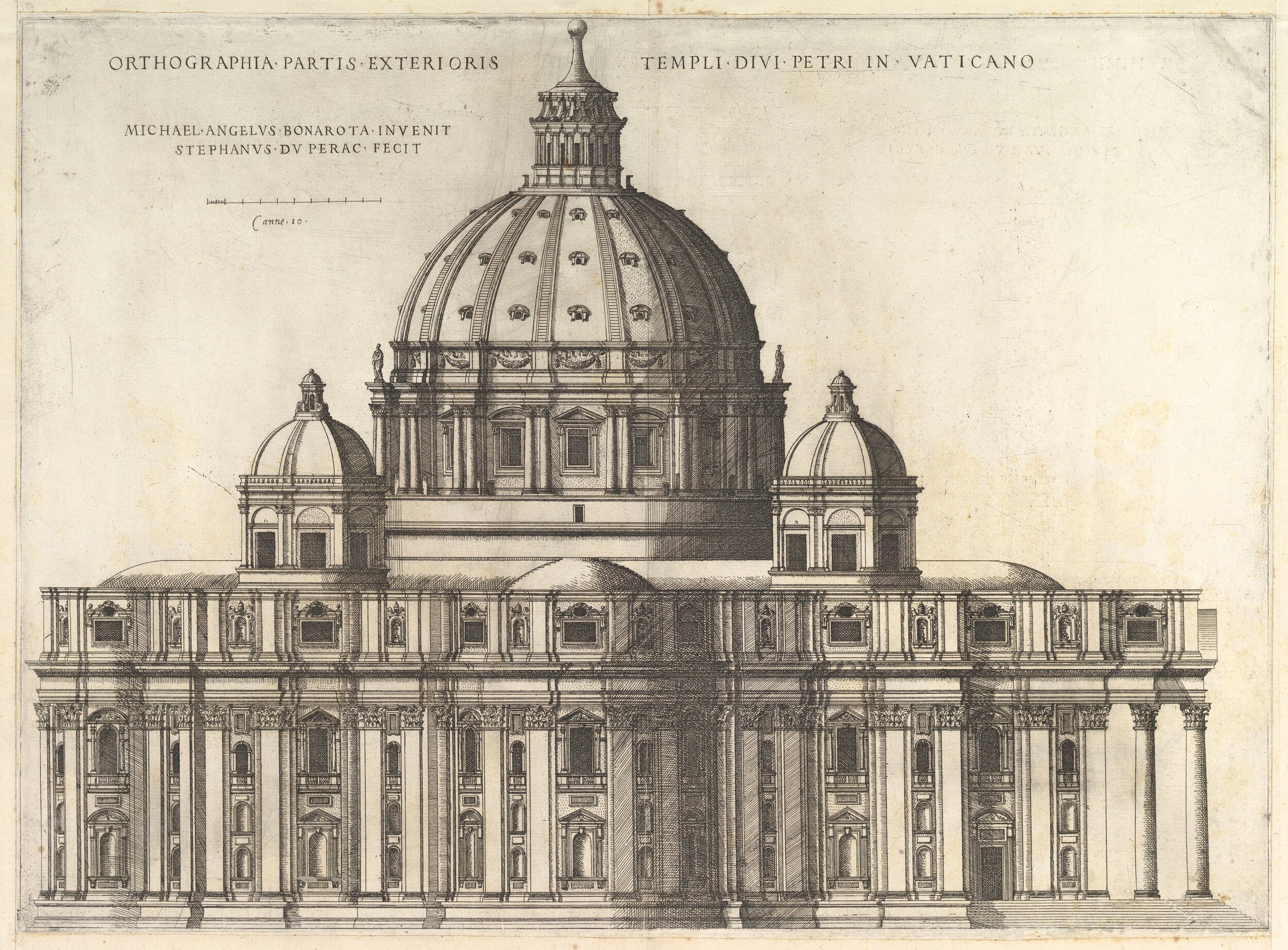St. Michael’s Mount isn’t exactly obscure—it gets about 200,000 visitors per year—but I did not know about it until recently and I bet a lot of you will be surprised to learn of it. Certainly it is not included in histories of architecture. Here is the official website for St. Michael's Mount. British writer Christopher Long provides a thorough overview here, though not from an architectural point of view.
Imagine the industrious monks of Mont Saint-Michel, moving back and forth across the channel during the construction of the two sites. It isn’t clear how much architectural ‘exchange’ was involved; the question of shared architectural features has not been explored. I do not find plans or sections of the church at St. Michael's Mount published. Were tools and laborers and building materials shuttled across the channel? I haven’t found a source which answers this, though Long argues the monks of Mont Saint-Michel may have used St. Michael's Mount to control the tin trade from Cornwall to Normandy, and this is suggestive of a vigorous exchange.
More broadly, the Normans were engaged in a great deal of architectural experimentation which traveled rapidly from Normandy to England in the 11th and 12th centuries. (This broader story is poorly-told, I find. The Normans invented the ribbed groin vault and the flying buttress in places such as Lessay, Caen, and Durham, though many textbooks discount the Normans’ contribution to Gothic construction while centering that story in and around Paris.)
● ● ●
Of course, Mont-Saint-Michel remains the more significant site by far. It’s one of my favorite places to visit, and to share with students. It’s also a stunning example of a great theme in architectural history, which is that important buildings almost always represent layers of historical change. Here’s an image I created which of illustrates some of Mont-Saint-Michel’s layers (not to mention its later use as a prison):


